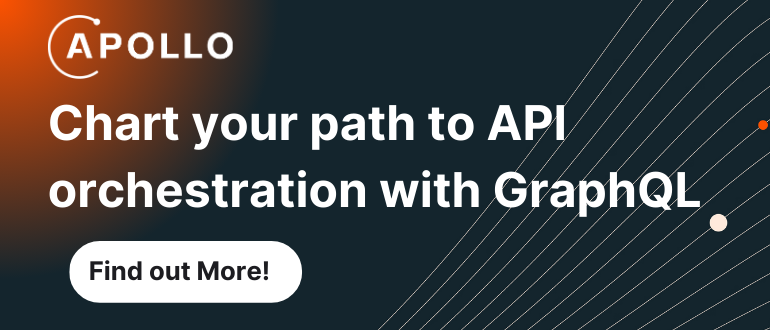The traditional divide between development and operations rapidly dissolves as modern observability practices transform software testing. According to Bryan Cole, Director of Customer Engineering at Tricentis, this evolution is crucial for delivering business value.
“Ops teams are paid to keep the lights on and deliver business value,” Cole explains. “What Dynatrace is doing, moving into the dev space, is providing context to the ops teams on what exactly is happening, and more relevantly, how things are testing out.”
This context is critical. “Nothing’s worse for an IT ops team than to be given a software bill that you know nothing about to deploy Friday night,” Cole notes. “Hope is a terrible strategy.”
The integration between Tricentis and Dynatrace exemplifies how observability is transforming testing practices. Cole highlights how Davis AI can parse through billions of data points across complex software systems, providing focused guidance to operations teams. “That insight provides focus and guidance to the ops teams and helps them manage their time, because the ops are getting so big and complex, you can’t understand everything, let alone look at everything.”
The results are significant. Cole shares examples of customers seeing dramatic improvements: “A large retail site saw an 80-90% reduction in time to analyze performance test results. A healthcare provider experienced a 90% reduction in problem identification time and a 95% reduction in the mean time to resolution.”
Preventive operations are becoming increasingly important. “If you don’t know the symptoms your application is going to exhibit when it starts to fail, then you have a hard time understanding what should trigger you to take that preventive action,” Cole explains.
The challenge lies in changing perceptions about continuous testing. “The message of implementing quality gates and additional checks doesn’t resonate well with delivery faster,” Cole notes. “But many people are guilty looking at that narrow slice of time of just the delivery of the software in a production environment, not the consequences of it arriving in production and not working properly.”
The future of testing lies in accessibility and integration. Cole emphasizes making data accessible across platforms: “We want to make your data accessible to you, to use the way you want, in the platform where you’re comfortable and familiar.”
Mitch Ashley, VP and Practice Lead, DevOps and Application Development, The Futurum Group, believes, “Software is no longer static. It is constantly changing, closer to a fluid state than a solid. We need the production telemetry pipeline to flow upstream and down between developers, QA and Ops. No one vendor can do it alone. Partnerships such as those between Tricentis and Dynatrace enable customers to benefit from two-way telemetry easily.”
This integration enables what Cole calls “the continuous quality practice,” where “the volume of changes goes up, but the size of the changes goes down.” Combined with AI-powered observability, this targeted approach transforms how teams identify and resolve issues before they impact production.










